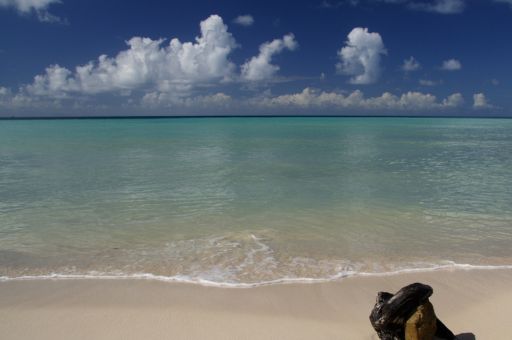The co-director of the project, Miquel Àngel Cau, stresses that the technical team is already working on the next step, which is to draw up an action protocol for possible adverse meteorological phenomena to guarantee the smooth running of the future extraction.
The Consell de Mallorca and the scientific management of the ARQUEOMALLORNAUTA project have once again brought together a group of experts to outline the extraction and conservation of the Ses Fontanelles wreck. This 2nd Conference of Reflection on the Extraction, Conservation-Restoration and Adaptation of the Ses Fontanelles Wreck was attended by: the vice-president of the Consell de Mallorca and councillor of Culture and Heritage, Antònia Roca; the island director of Heritage, Maria Isabel Arnau; the co-director of the project, ICREA Research Professor and director of ERAAUB and IAUB of the University of Barcelona, Miguel Ángel Cau-Ontiveros; the co-director of the project and professor of Ancient History at the University of the Balearic Islands, Enrique García Riaza; the co-director of the project and Professor of Archaeology at the University of Cadiz.
TDB keeps you informed. Follow us on: Facebook, Twitter and Instagram
The Consell de Mallorca once again brings together the technical committee for the extraction and conservation of the Ses Fontanelles shipwreck for a second day of debate in Barcelona
One of the main novelties of this conference was the final decision on the extraction method: the possibility of extracting the boat in a single block or two large portions was ruled out, due to the lack of keel and the high costs and associated risks. Therefore, as one of the project’s co-directors, Miquel Àngel Cau, explains, ‘we have definitively opted for extraction in segments of a maximum of 100-150 kg, which will guarantee the integrity of the remains and allow for safe handling’.
Another of the highlights is the urgent need to build a tank in the Castell de Sant Carles, where the desalination process and the study of the naval architecture of the wreck will be carried out. In addition, a temporary field laboratory will be set up for the initial treatment of the pieces, which will be analysed to determine the best conservation system.
Finally, to ensure the smooth running of the project, it has been agreed to draw up an action protocol to deal with possible adverse weather phenomena, both at the original site of the wreck and at the facilities where the conservation work will be carried out.
With these measures, the Consell de Mallorca reaffirms its commitment to the protection and preservation of the island’s underwater heritage, in collaboration with experts and specialised institutions to ensure the future of one of Mallorca’s most important archaeological finds.
